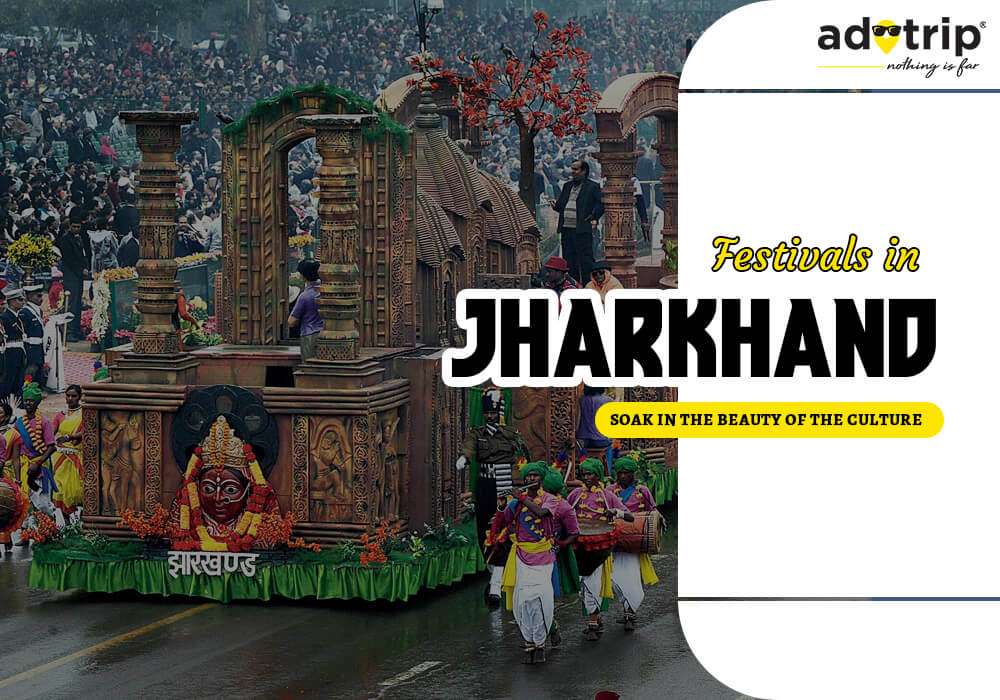
Last Updated At: 05-Sep-2025
15 Famous Festivals in Jharkhand to Experience in 2025
Jharkhand, a state full of forests and peaceful beauty, welcomes everyone with its simplicity and charm. Although it was formed in 2000, it’s known for mixing both modern growth and rich culture. The festivals here showcase the beauty of Jharkhand’s traditions, which the people celebrate with great warmth.
If you’re planning to visit places like the Jagannath Temple or Tagore Hill, why not plan your trip around one of these exciting festivals? You’ll get to experience the joy and energy of celebrations like Karam, where people dance and celebrate together.
These festivals will make your visit even more special and memorable. You’ll also feel the positive energy around you. Here’s a list of some of Jharkhand’s top festivals, so you can plan your trip to enjoy both the culture and the celebrations.
List of 15 Famous Festivals in Jharkhand
Jharkhand is the home of many tribal people. Hence, this state observes many festivals, celebrated mainly by a specific tribe. You can double your trip's joy by joining these celebrations. Moreover, you can experience the essence of India, i.e., "unity in diversity".
- Tusu Parab or Makar | January
- Hal Punhya | January
- Sarhul | Spring Season
- Bhagta Parab | Between the spring and summer seasons
- Manda Mela | Between April and May
- Dhan Buni | Between April and May
- Rohini | Mostly in May Asadhi Pooja | June
- Karam | August or September
- Jitiya | Between September and October
- Kadleta | Between September and October
- Bandna Festival or Sohrai | Between October and November
- Eind/Ind | Between October and November
- Jani Shikar | Once in 12 years
- Bhai Bheekh | Once in a few years
1. Tusu Parab or Makar - A month-long festival to celebrate spring
If you want to explore a different way to celebrate Makar Sankranti, indulge in Tusu Parab's celebration. You can experience a mix of tradition and liveliness. The celebrations start by offering rice, flowers, and other rice-bran things to Goddess Tusumani for the entire month. People prepare a specific arrangement for the goddess in their house. On the day of Makar Sakranti, unmarried girls prepare a "Chaural", a temple-like structure made with bamboo and paper. People believe that this is the vehicle of the goddess. Later, people visit the fair and celebrate the day with dance, folk songs, and various peethas (rice dumplings). Nowadays, young people also participate in chaural competitions to monetise their creativity.
- Where: Southeastern Jharkhand and nearby areas, including southwestern West Bengal, northeastern Odisha, and some parts of Assam
- When: After December 15 to Makar Sakranti
- Highlights: Special fairs with beautiful Chaurals and various delicacies prepared with rice.
Read More : Food In Jharkhand
2. Hal Punhya- An auspicious beginning for farmers
80% of the state's population is directly or indirectly dependent on agriculture. This fact signifies the importance of a good harvest for the people's livelihood. This festival marks the prosperous start of ploughing. The farmers plough two and a half circles of their farms in the morning, believing they will get a good yield. Many people also call this day "Akhain Jatra". If you want to stay close to nature and celebrate the magical powers of nature and farmers, just visit Jharkhand during this festival.
- Where: Farming zones throughout the state
- When: First day of Magh month
- Highlights: Manifesting a prosperous harvest by ploughing 2.5 circles of the land.
3. Sarhul - Celebration of the New Year
Want to stay close to nature and show gratitude for everything it has provided? Then you should join the authentic celebration of Sarhul. It is a famous festival in Jharkhand and an innovative way to welcome the new year (Hindu calendar). Various tribes in the state, including the Mundas, Ho, and Oraon, celebrate this festival. Many communities call this festival the Khudi, Baha, Ba, and Jankor Festival. People fast and worship many deities with Saal trees to thank their protectors. Meanwhile, the village priest (Pahan) fasts for a few days and fills three earthen pots. After 3 days, they observe the pots and predict the rainfall. Later, the priest performs pooja and offers village deities and ancestors three young roasters to attain their blessings. People take out a rally for the celebration.
- Where: Tribal areas of Jharkhand, Odisha, and Bengal
- When: From the fortnight of Chaitra month to Jeth month
- Highlights: Embracing mother nature by dancing, singing, and worshipping Saal trees
4. Bhagta Parab- A festival devoted to devotees
Always wondered about the height of devotion? Then just indulge in the celebration of Bhagta Parab. This state festival of Jharkhand is about pouring out your heartfelt gratitude and devotion in various forms. People fast and worship Buddha Baba. The people take the priest (Pahan or Laya) to the Sarana Mandir from the bathing pond. The most astonishing thing is the ritual of taking the priest to the temple. People make a chain-like structure while locking their knees on the path to the temple. The priest walks on the people's chests to reach his destination. The succeeding days are filled with adventurous activities and enthusiasm. Many people indulge in other brave acts and Chhau dance.
- Where: Tamar of Jharkhand
- When: Between the spring and summer seasons
- Highlights: Dancing in the sky and various brave acts
5. Manda Mela - A famous festival for abundance and good rainfall
If you are a devotee of Shiva, then you must become a part of the Manda Mela. On this main festival of Jharkhand, people fast and worship Lord Shiva, Goddess Parvati, and Bhudha Baba. Many people also call this festival Chadak Pooja, Shiva Pooja, Vishu Parv, etc. This festival is celebrated in remembrance of the immolation of Goddess Sati (Lord Shiva's first wife and a form of Goddess Parvati). Some devotees fast during these days. In the evening, many devotees, including children, are seen firewalking gracefully to impress Lord Shiva and pray for good rainfall.
- Where: Near Shiva temples like Hapamuni Temple
- When: 7-9 days' celebration in the month of Vaisakh (between April and May)
- Highlights: Unbelievable bravery acts like firewalking
6. Dhan Buni- The sowing festival
There are many agriculture-related festivals in Jharkhand. Dhan Buni falls into the same category but is limited to the Oraon community. You should visit the state during this festival to learn more about this community. People scrape out the farm's small part and mix some cow dung. The village priest performs a sacrifice of five fowls. Their blood is sprinkled on the five kuris (Arwa rice). Villagers bring some paddies in a new bamboo basket and plant them at an auspicious time. People believe that their fowl sacrifice will impress village deities, and they will get a good yield.
- Where: Regions where the Oraon community resides, like Ranchi, Gumla, Lohardaga, Hazaribagh, etc.
- When: Sowing time for rice
- Highlights: Special rituals to manifest nature's blessing
7. Rohini- Jharkhand's famous festival for sowing seeds
Usually, tribal festivals in Jharkhand involve dance and songs. But this festival includes a few rituals. So celebrating Rohini with natives is a whole new experience. On the eve of the festival, women make lines around their houses (including corners). In the morning, people cross these lines to leave their houses. People believe that this ritual helps reduce the chances of accidents. Farmers worship Goddess Mansa Devi to protect their crops from insects, snakes, and other harmful creatures. They sow the seeds with positive intentions.
- Where: Rural Jharkhand
- When: First sowing period of the year
- Highlights: Worshipping deities for bountiful rainfall and harvest
8. Asadhi Pooja- The sowing festival for Sadan and tribals
Travelling to Jharkhand during Asadhi Pooja can help you understand the importance of nature in our lives. Farmers are the core providers of food. Hence, they should have an abundant crop yield. Farmers celebrate this festival, hoping the almighty will bless them with prosperous output. They sacrifice black sheep in their house and raise the "tapaan" of the handi. Many believe these rituals also help lower the chances of deadly diseases like chickenpox.
- Where: Districts where tribals and sedans reside
- When: In the month of Asadh (June)
- Highlights: Sacrifice of the Black Sheep
9. Karam- To celebrate the essence of youth and power
Love dancing, nature, and liquor? Then you are going to love Karam. It is a harvest festival in Jharkhand, and people worship Lord Karma, who gives the fruits of hard work. Unmarried girls plant nine different types of grains, like rice, wheat, etc. They fast and take care of these seeds for 7-9 days to get a blessing for better fertility. These rituals are part of the Jawa festival. The village priest offers liquor and sprouted seeds to appease the deity. Moreover, he sacrifices a fowl and offers it to the planted branch. Later, everyone performs a pooja together under the priest's guidance. The next day, the villagers immerse the branch in the river. Other prime festivities include drummers' performances, folk songs, and drinking liquor.
- Where: Jharkhand and nearby areas, including Madhya Pradesh, West Bengal, Bihar, Assam, Chhattisgarh, Odisha, and Bangladesh
- When: Bahdo Ekadashi (between August and September)
- Highlights: Commemoration with drums. Private celebration in the courtyard with music and liquor
10. Jitiya- The epitome of a mother's unconditional love
Motherly love is unmatchable, and this festival is a testimony. So if you want to embrace unconditional love, join the 35-hour dry fasting festival. Jitiya is a 3-day state festival of Jharkhand wherein mothers fast for their children's longevity. On the first day, mothers perform the "nahaye khaye" ritual by bathing and eating fish and ragi chapatis. Later at night, mothers put some food in all the corners of the terrace. Birds like eagles and sirens eat these bits. The next day, mothers worship Lord Jimutvahan and make a cow dung-based idol of an eagle and a siren. After that, they dry fast for almost 35 hours and donate some things to the needy.
- Where: Jharkhand, Bihar, eastern Uttar Pradesh, and Nepal
- When: 7th to 9th day after Amavasya in Asvina (between September and October)
- Highlights: Motherly affection and devotion for their children
11. Kadleta - The festival of forgiveness
It is a famous festival in Jharkhand that clearly and uniquely displays humanity. If you want to learn the emotion of empathy, you should celebrate Kadleta. People ask for forgiveness from Goddess Adishakti for killing insects and animals for farm protection. They also pray for a better harvest. People assemble and perform a sacrifice ritual with a fowl, rice grains, "Bhelwa" twigs, and "Tendu" leaves. They also bury some branches of Bhelwa, Saal, Keund, and Sindhwar on the farm. The birds can rest on these poles and eat all the crop-harming insects.
- Where: In regions where the Kharia tribe resides, like Gumla, Simdega, etc.
- When: In the month of Ashvin (between September and October)
- Highlights: Prayer for forgiveness
12. Bandna Festival or Sohrai- A festival to celebrate the masterpieces of nature
It is a festival in Jharkhand that is similar to Diwali. Participating in its celebration should be on your bucket list to explore a new dimension of ancient culture. It is a 7-day festival that is full of rituals. The first 3 days are celebrated as Chumaan, and people perform Goth Puja the next day. The 5th, 6th, and 7th days are devoted to Goriyaa puja, Borod Khuntaan, and Budhi Bandna, respectively. During the festival, people groom their cattle and take care of animals. In the evening, they lit earthen lamps on the ghats. Moreover, they enjoy a bonfire. It helps them protect their crops and themselves from insects and dangerous animals.
- Where: Jharkhand and nearby states, including West Bengal, Odisha, and Assam
- When: No moon day in Kartik (between October and November)
- Highlights: An illuminated ghat just like Diwali and different ways to show love to animals
13. Eind/Ind- Tribal festival that is losing its existence
It is the main festival of Jharkhand for the Munda community. If you want to explore the unseen part of the state, you must indulge in this festival. The story of this festival started in the era of King Madra Munda, who announced a horse-riding competition to decide his successor among his two sons. His adopted son, Manimukut Rai, won the competition and became king, and the coronation ceremony is celebrated as the Eind festival. The community organises a grand fair. People dress in traditional dresses, perform the Rata dance, and sing folk songs. Unlike other spiritual festivals, this is a historic and important day for the Munda tribe.
- Where: Lachragarh
- When: Between October and November
- Highlights: A grand fair and a Rata dance performance
14. Jani Shikar- To empower the brave spirits of women
It is a festival in Jharkhand based on a historical event that portrayed the bravery of women. If you are a history lover, you would love to celebrate this festival with the natives. People celebrate this festival to remember and salute the bravery of Kurukh women. Mohameddens tried to capture the fort in Rohtasgarh on Sarhul 12 times. During this time, men were usually drunk from the festivities and unable to fight back. In this situation, Kurukh women dressed as men and defeated them 12 times. Thus, in this festival, women dress up like men and enjoy the day by hunting in the forest. The hunted animals are cooked at night and served as dinner.
Moreover, people believe hunting animals helps keep negative energies away from their homes. Please remember that only women participate in the festivities. But you can become a great spectator to see a different version of women.
- Where: Tribal areas
- When: Unknown, but once every 12 years
- Highlights: Seeing women dressed as men and showing their aggressive side
Read More : Food Of Jharkhand
15. Bhai Bheekh- A new way to celebrate the bond of brother and sister
There are many festivals for siblings, like Raksha Bandhan and Bhai Dooj. But this festival is quite different and fun to experience. So do check for its occurrence to see its rituals for yourself. It is celebrated for the brothers' good health. A few days before this festival, women go to their brothers' houses and humbly ask for alms such as wedding accessories, rice, and some money.
Moreover, they invite their brothers and sisters-in-law to their homes during the Bhai Bheekh festival. On this day, the women worship, donate some rice to the village priest, welcome brothers, and perform an arti ceremony for them. They prepare delicacies for their brother and bid them farewell.
- Where: Different regions of Jharkhand
- When: Depends on the region
- Highlights: Sisters invite their brothers to their home and prepare great food for them
Read More : Places To Visit In Jharkhand
If you're looking to experience the rich tribal cultures of Jharkhand, there's no better time than during these festivals. Adotrip can help you plan the perfect trip to Jharkhand with great deals and travel support. Reach out to them, and they’ll handle all the arrangements while you focus on packing your bags. Get in touch today to explore the best Jharkhand travel packages!
Frequently Asked Questions About Famous festivals in Jharkhand
Q1: What is Karam Festival in Jharkhand?
A1: Karam is a popular tribal festival in Jharkhand, celebrated with great enthusiasm. It honors Karam, the deity of power and prosperity, and involves dancing, singing, and rituals. It’s mainly celebrated by tribal communities in August or September.
Q2: When is the famous Makar Sankranti festival celebrated in Jharkhand?
A2: Makar Sankranti is celebrated on January 14th every year. It marks the transition of the sun into Capricorn and is celebrated with kite flying, bonfires, and traditional foods like tilkut (sesame sweets).
Q3: How is Holi celebrated in Jharkhand?
A3: Holi in Jharkhand is celebrated with much enthusiasm, where people play with colored powders, dance, sing, and enjoy traditional sweets. It's a celebration of the victory of good over evil and the arrival of spring.
Q4: What is the significance of Sarhul festival in Jharkhand?
A4: Sarhul is a tribal festival celebrated in spring to mark the beginning of the farming season. It is dedicated to nature and trees, and people celebrate by offering prayers, dancing, and singing around sacred trees.
Q5: When is the Jharkhand statehood day celebrated?
A5: Jharkhand Statehood Day is celebrated on November 15th every year to commemorate the formation of the state in 2000. It's marked by cultural programs, parades, and remembering the heroes who fought for the creation of Jharkhand.
Q6: How is Diwali celebrated in Jharkhand?
A6: Diwali in Jharkhand is celebrated with much fervor. People light oil lamps, burst crackers, clean their homes, and offer prayers to Goddess Lakshmi for wealth and prosperity. It’s a time for family gatherings and festive meals.
Q7: What is the significance of Tusu Festival in Jharkhand?
A7: The Tusu festival is celebrated primarily by women in Jharkhand in January. It honors the harvest season and is marked by singing folk songs, dancing, and offering prayers for a bountiful harvest.
Q8: What are the main activities during the Eid festival in Jharkhand?
A8: Eid in Jharkhand is celebrated with prayers at mosques, feasting with family and friends, and sharing food with the needy. The community gathers for special prayers and festivities, enjoying dishes like Biryani and sweets.
Q9: How is the Karma Puja celebrated in Jharkhand?
A9: Karma Puja is a festival celebrated by tribal communities in Jharkhand. It is dedicated to the Karam tree, which is worshipped for its blessings. People celebrate by offering prayers, dancing, and singing traditional songs, especially in rural areas.
Q10: What is the significance of Christmas in Jharkhand?
A10: Christmas in Jharkhand is celebrated by Christian communities with church services, feasts, and exchanging gifts. The celebration includes decorating Christmas trees, singing carols, and enjoying traditional Christmas delicacies.
--- Published By Adotrip
Latest Blogs
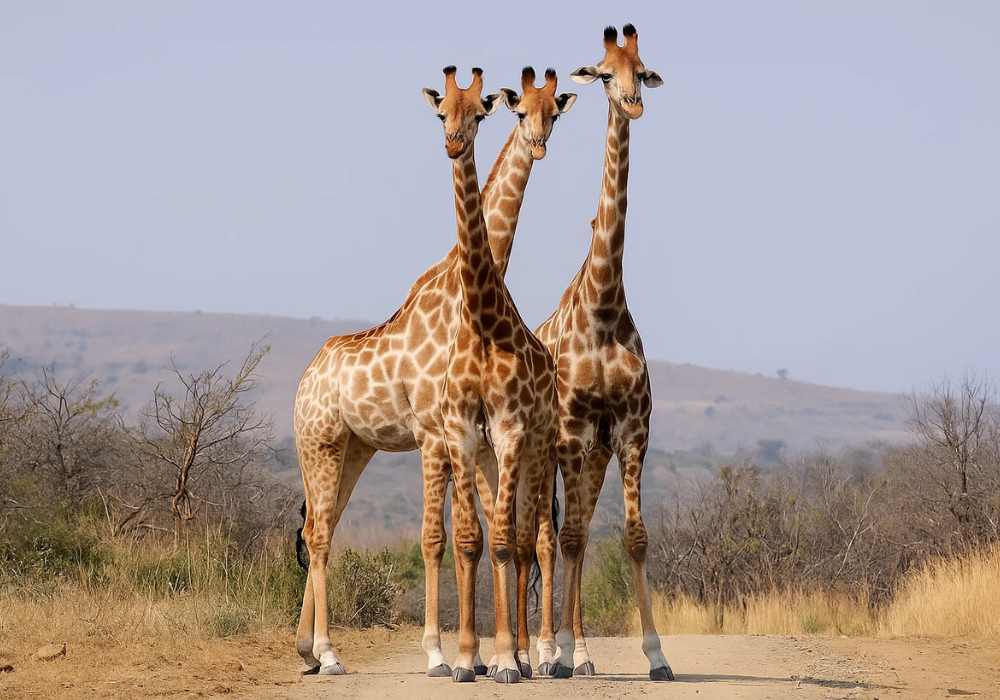
Cash in the Wild: My Safari Adventure Across Kenya with Only...
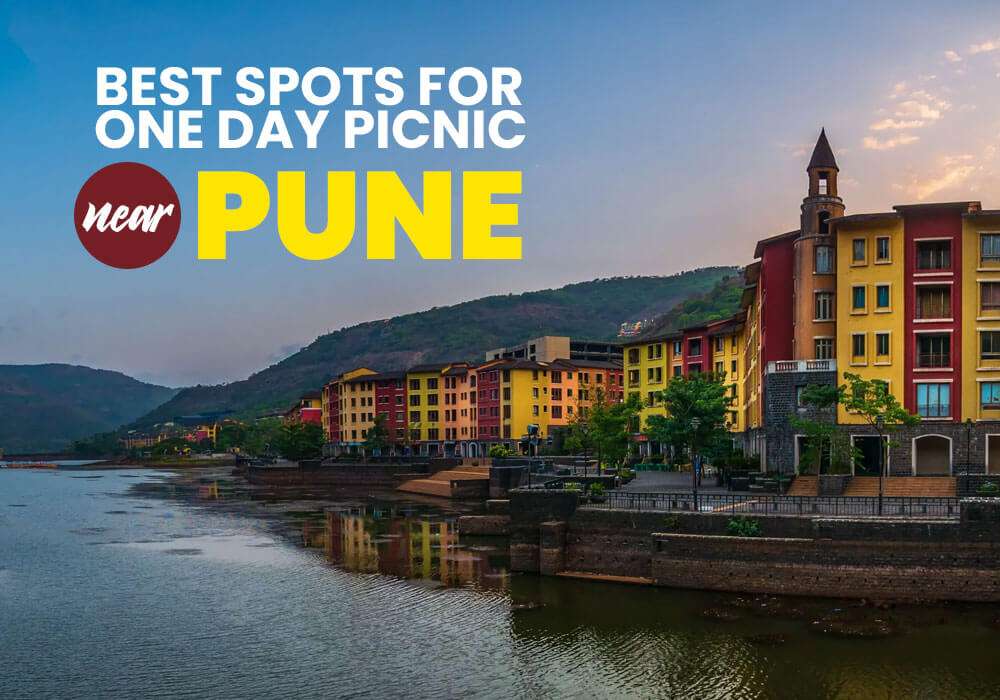
One Day Picnic Spot Near Pune - Adventure, Trekking and Natu...
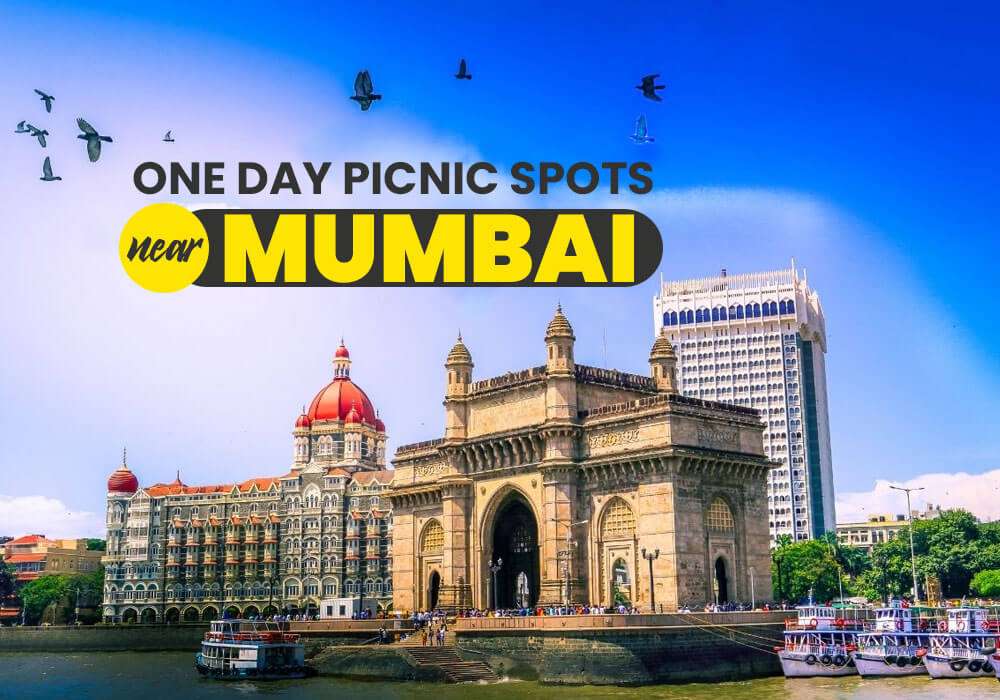
One Day Picnic Spots Near Mumbai - Monsoon, Adventure, Beach...
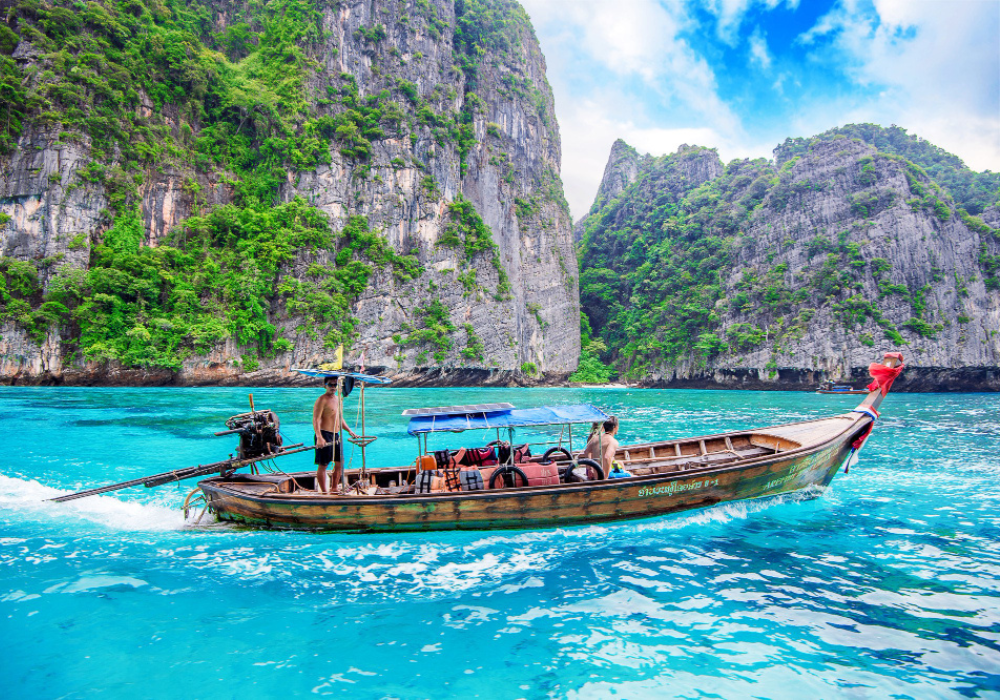
The Best Places to Go in Thailand in 2025
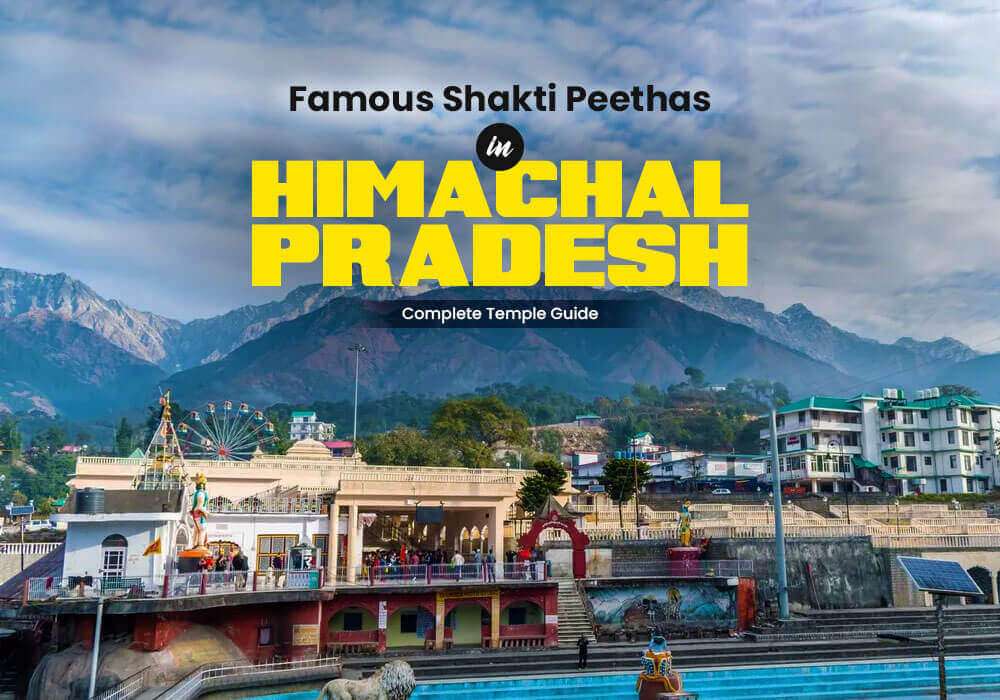

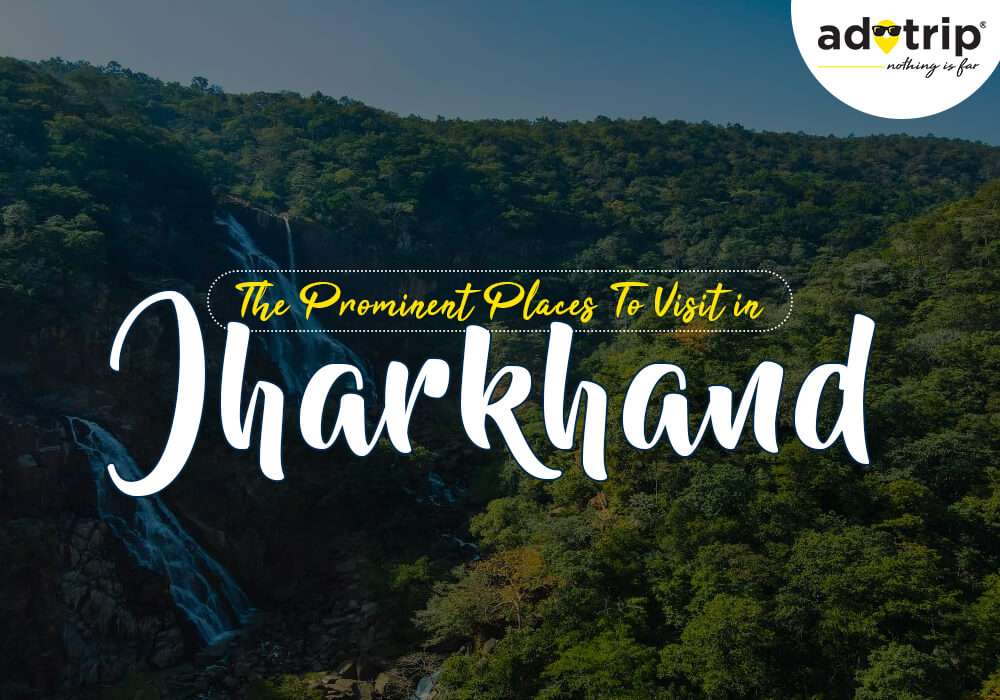
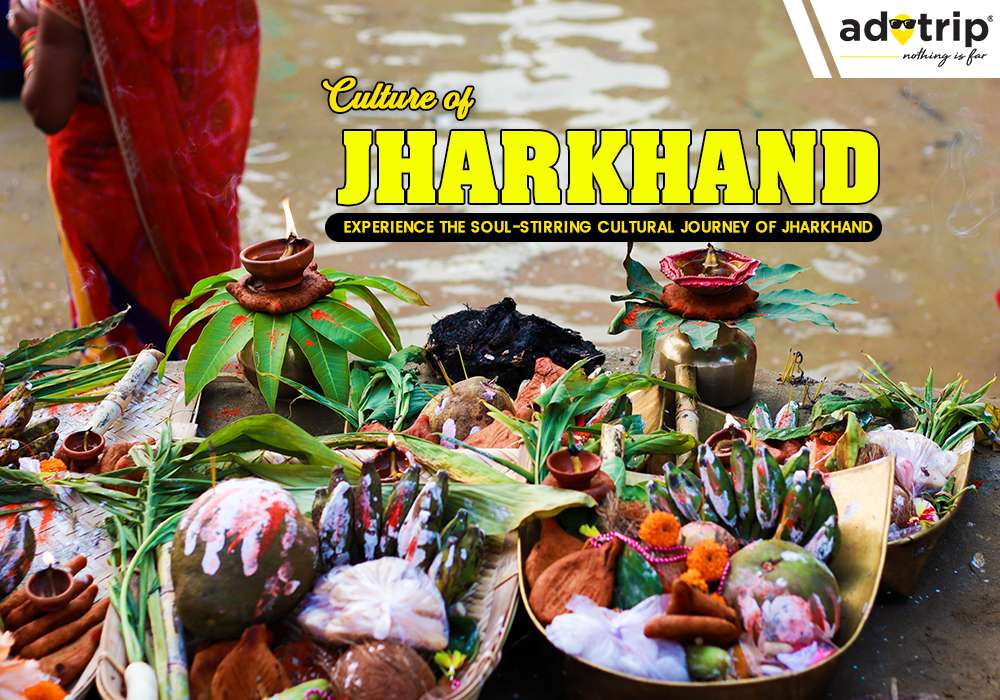

.jpg)
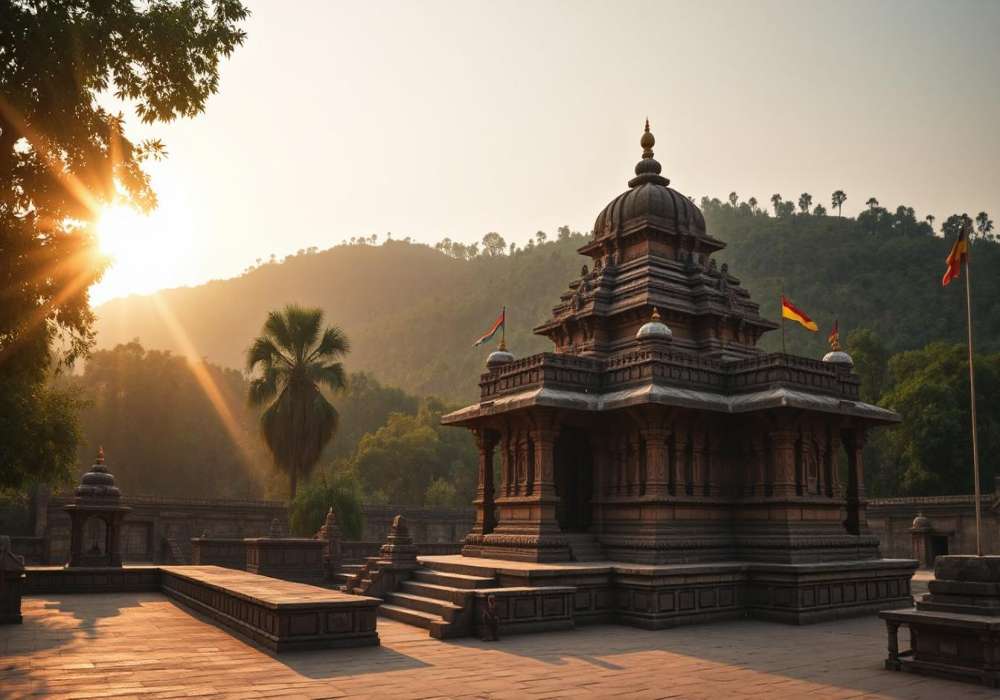
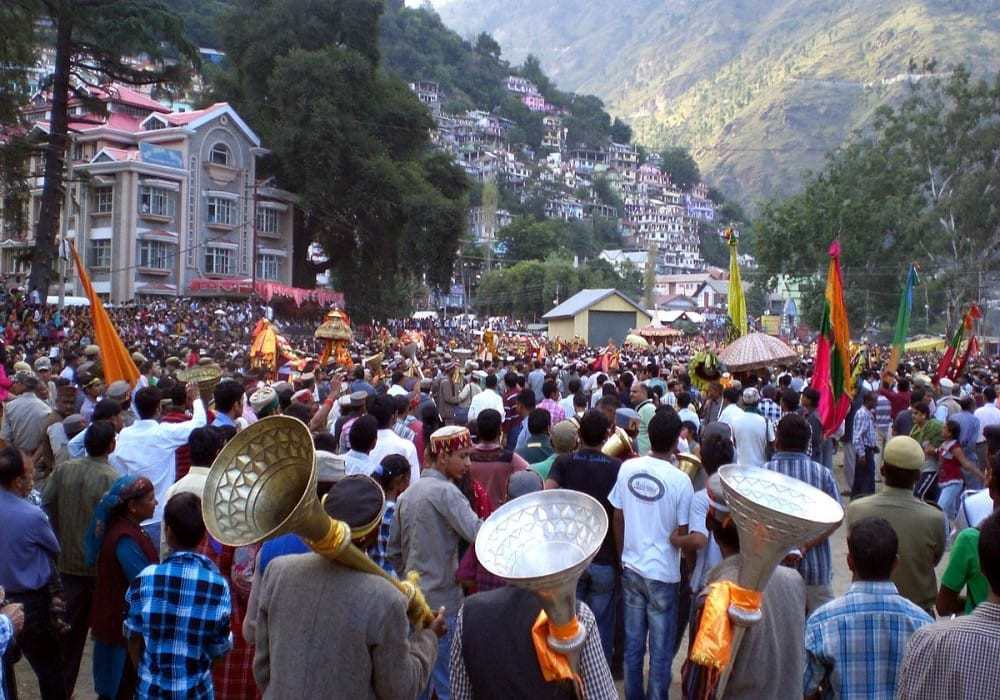
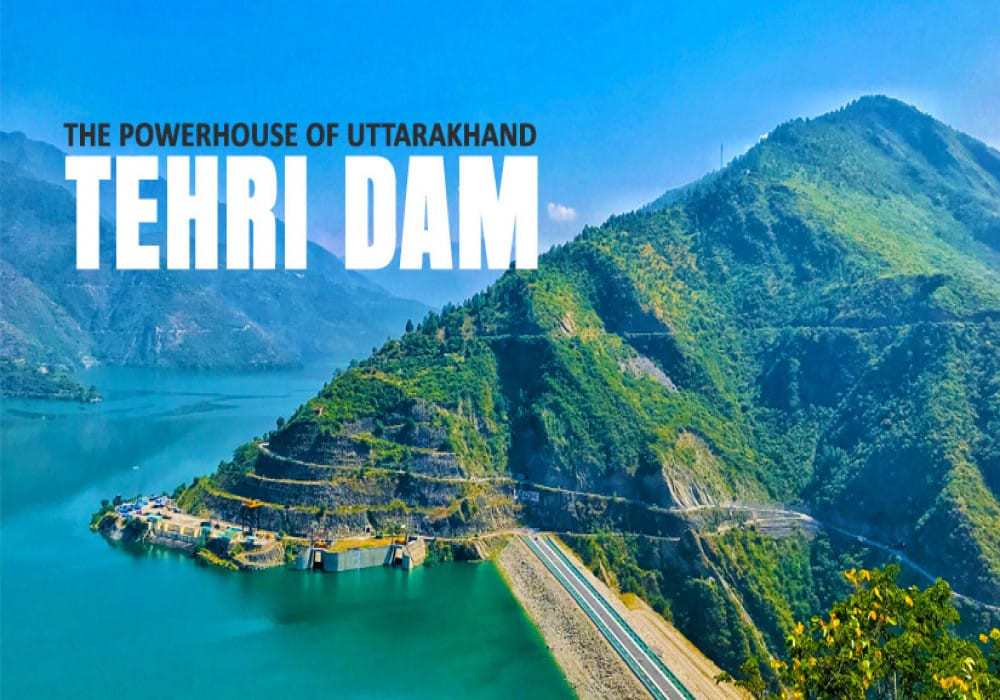


.jpg)
 Dubai
Dubai Malaysia
Malaysia USA
USA





